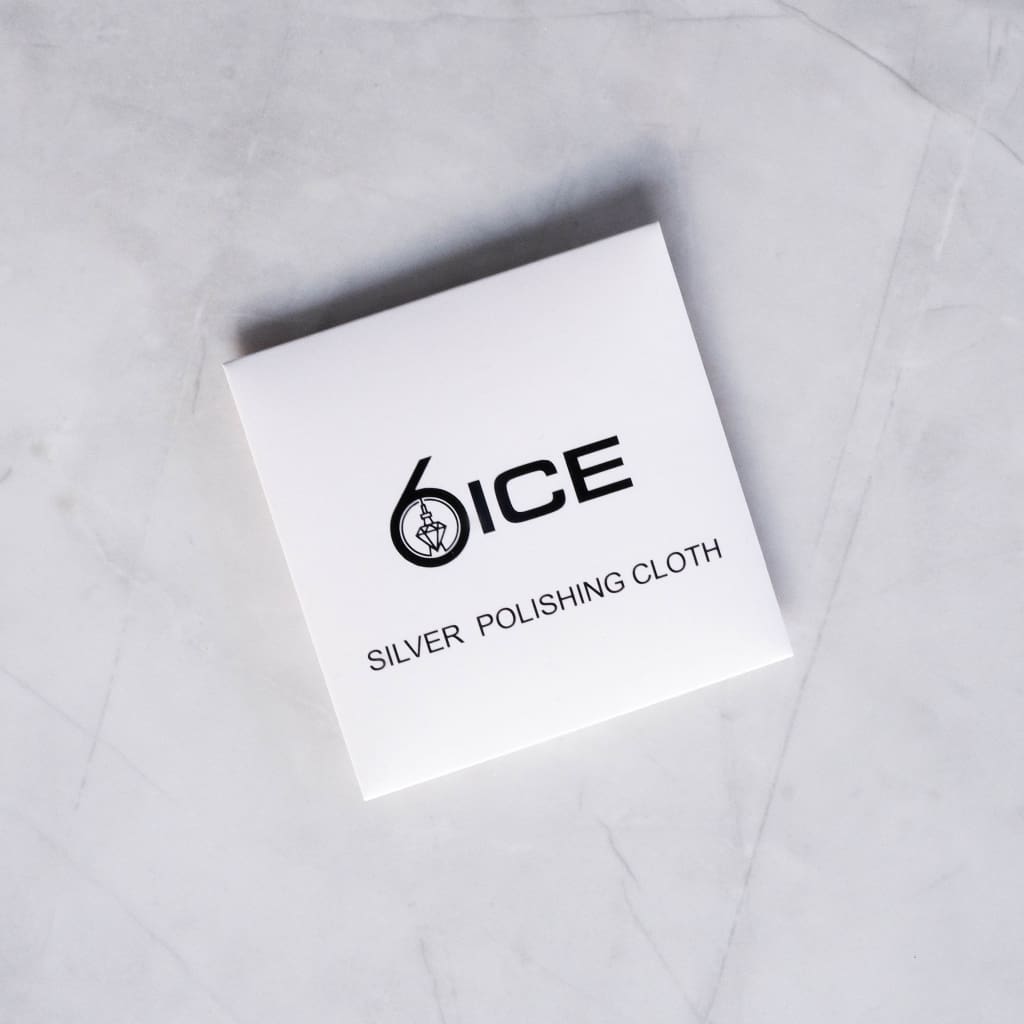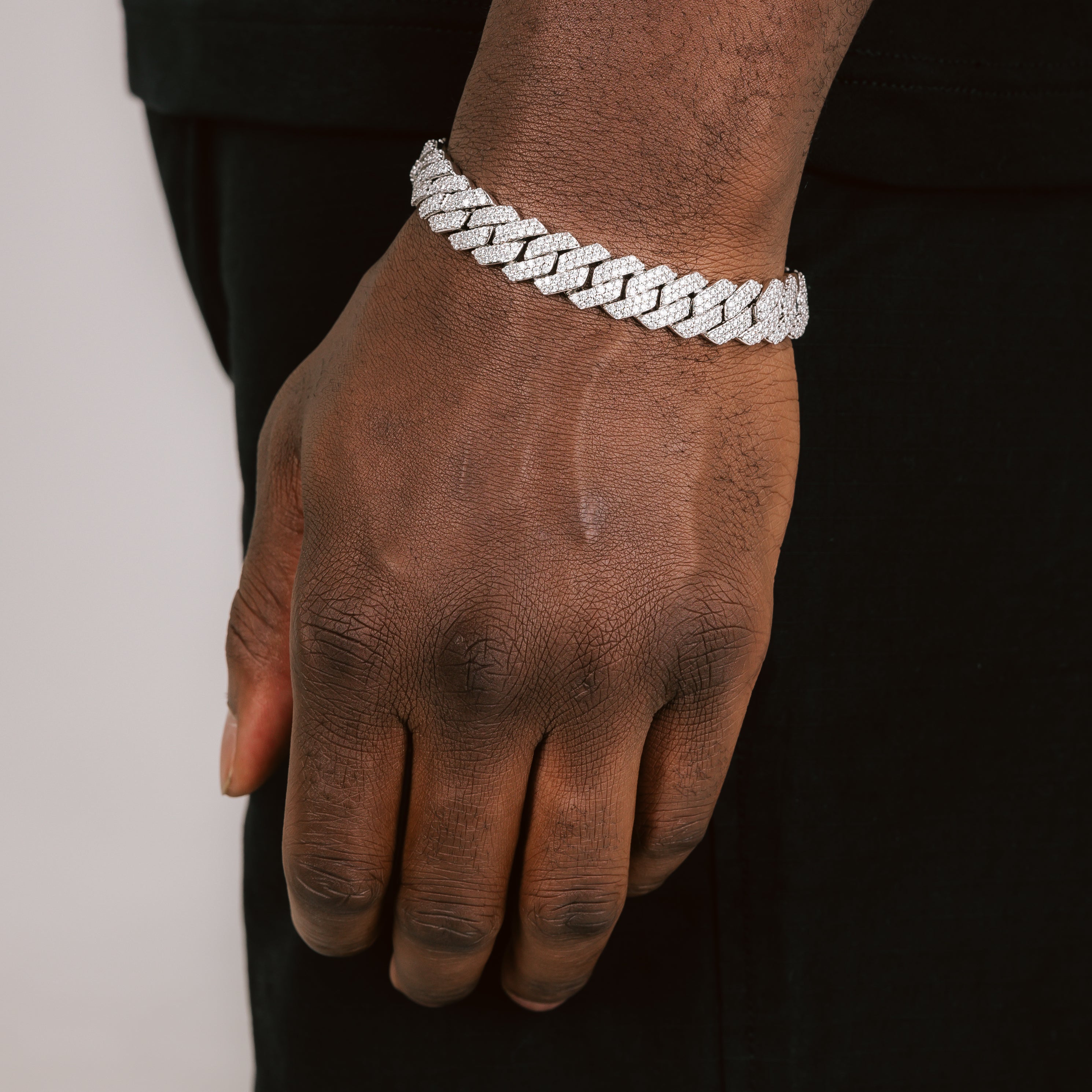Jewelry Cleaning Cloth
Achieve a briliant shine with our high-quality reusable polishing cloth
$0.00 $20.00

Your Cart Is Empty
LIMITED TIME OFFER - SALE ENDS IN: ::
FREE GIFT
FREE SHIPPING
Achieve a briliant shine with our high-quality reusable polishing cloth

Your Cart Is Empty
Your purchase must be $100 and over to get the Free Gift!
Your purchase must be $150 and over to get the Free Gift!
Offer ends in10:00

 (119 reviews)
(119 reviews)
Upgrade your order with this stunning piece to match with your other items.
$125.00$278.00
$125.00$278.00
$125.00$278.00
Decline this offer
By entering my email address I agree to receive all communication from 6 ICE.
Enter your phone number
to get EXTRA 10% OFF.
No, I don't want my prize
No, I don't want Extra 10% OFF
Gold plated jewelry is a popular choice for its affordability and luxurious appearance. However, uncertainty often surrounds the durability of gold plated jewelry in the long term. In this article, we will address the question, "Does gold plated jewelry tarnish?" and provide all the essential information. Whether you're new to jewelry or just curious, gain a better understanding of its durability and maintenance.
Gold plated jewelry is created by adding a thin layer of gold onto a base metal like brass or copper. This layer is typically 14k or 18k gold, which means it contains a small percentage of real gold mixed with other metals. Gold plating involves electroplating, using an electric current to deposit gold onto a base metal surface. This creates a layer of gold that gives the jewelry its shiny, gold appearance.
The answer is yes, gold plated jewelry can tarnish over time. Tarnishing occurs when the outer layer of gold starts to wear off or react with certain substances, such as sweat, oils, or chemicals. Gold plating can become dull or discolored over time. Tarnishing of gold plated jewelry depends on factors like plating thickness, base metal quality, and care.
The durability of gold plating depends on factors like the thickness of the gold layer. Thicker gold plating tends to last longer and resist tarnishing better than thinner plating. The quality of the base metal also plays a role in the longevity of gold plated jewelry. Higher-quality base metals, such as brass or copper, provide a better foundation for the gold plating and can help prolong its lifespan.
Moisture is a main cause of gold plating tarnish. Remove your gold-plated jewelry before swimming, showering, or engaging in any water-related activities. Additionally, avoid wearing gold-plated jewelry while exercising or participating in activities that can cause excessive sweating.
Perfumes, lotions, and hairsprays can damage gold plating. It is advisable to apply these products before wearing your gold-plated jewelry and allow them to dry completely. This will help prevent chemical reactions that may tarnish the plating.
Proper storage is crucial to prevent gold plating from tarnishing. Store jewelry in a cool, dry place, like a jewelry box or soft pouch. Individual compartments or pouches will help prevent scratching and minimize contact with air, reducing the chances of tarnishing.
Over time, dirt, oils, and other environmental pollutants can accumulate on the surface of your gold-plated jewelry, affecting its brightness, this is known as oxidation (oxidize) causing it to fade.
To clean it, use a soft cloth or a jewelry cleaning cloth specifically designed for gold. Avoid using harsh chemicals or abrasive materials, as they can strip away the gold plating. Gently wipe the jewelry to remove any dirt or oils, and then polish it with a clean, dry cloth to restore its luster.
Yes, it is possible to restore tarnished gold plating to some extent. Restoration success depends on tarnish severity and gold plating quality. If the tarnish is minimal, you can try using a gentle gold polish or a mixture of mild soap and water to clean the jewelry.
Scrub gently with a soft cloth or brush, rinse thoroughly with clean water, and pat dry. If the tarnish is more stubborn, you may need to take it to a professional jeweler who can replate the gold layer. They will remove the old tarnished layer and apply a new layer of gold plating, restoring the jewelry's original shine. Not all gold-plated jewelry is cost-effective, so it's crucial to prevent tarnishing and take good care.
One of the most reliable ways to determine the composition of your jewelry is by checking for hallmarks. Hallmarks are small marks or stamps that indicate the purity of the gold. Solid gold jewelry is stamped with hallmarks like "10K," "14K," "18K," or "24K," representing the gold content. In contrast, gold plated jewelry may lack hallmarks or feature different stamps indicating the base metal, such as "GP" (gold plated), "GF" (gold filled), or "RGP" (rolled gold plate).
Solid gold has a distinct color and appearance that is different from gold plated jewelry. Gold plating is a thin layer of gold applied via electroplating to a base metal. Over time, this layer of gold may wear off, revealing the base metal underneath. Look out for any signs of fading, discoloration, or a different color showing through, as this can indicate that your jewelry is gold plated.
Another method to determine whether your jewelry is gold plated or solid gold is by using a magnet. Go ld is not magnetic, so if your jewelry is attracted to a magnet, it is likely that it is gold plated. This is because the base metal used in gold plated jewelry is often magnetic, such as copper or brass.
Solid gold jewelry is typically thicker and heavier than gold plated jewelry. Compare weight and thickness of your jewelry to other solid gold pieces to gauge if it's plated. Note that this process may not always be accurate, as some plated jewelry can mimic the weight and thickness of solid gold.
This method should only be used as a last resort, as it can damage your jewelry. An acid test involves applying a small drop of acid to a discreet area of your jewelry to see the reaction. Solid gold will not react to acid, while gold plated jewelry will show signs of discoloration or fading.
In conclusion, gold plated jewelry can tarnish over time due to wear and contact with substances like sweat, oils, and chemicals. The durability of gold plating relies on factors like gold layer thickness and base metal quality. To prevent tarnishing, it's important to keep gold-plated jewelry away from moisture and chemicals, store it properly, and clean it gently. Restoring tarnished gold plating is possible to some extent, but success depends on tarnish severity and plating quality. You can determine if your jewelry is gold plated or solid gold by checking for hallmarks, observing the color and appearance, conducting a magnet test, considering the thickness, or using an acid test as a last resort. Proper care and maintenance can help prolong the lifespan and shine of gold plated jewelry.
Discover exceptional jewelry craftsmanship at 6 Ice. We specialize in creating exquisite chains, bracelets, pendants, and more. Whether you prefer personalized pieces or our in-house designs, we strive to deliver a collection of premium quality jewelry at accessible prices. Experience luxury without breaking the bank, exclusively at 6 Ice.
Sources
Be the first to hear about new product releases and VIP deals